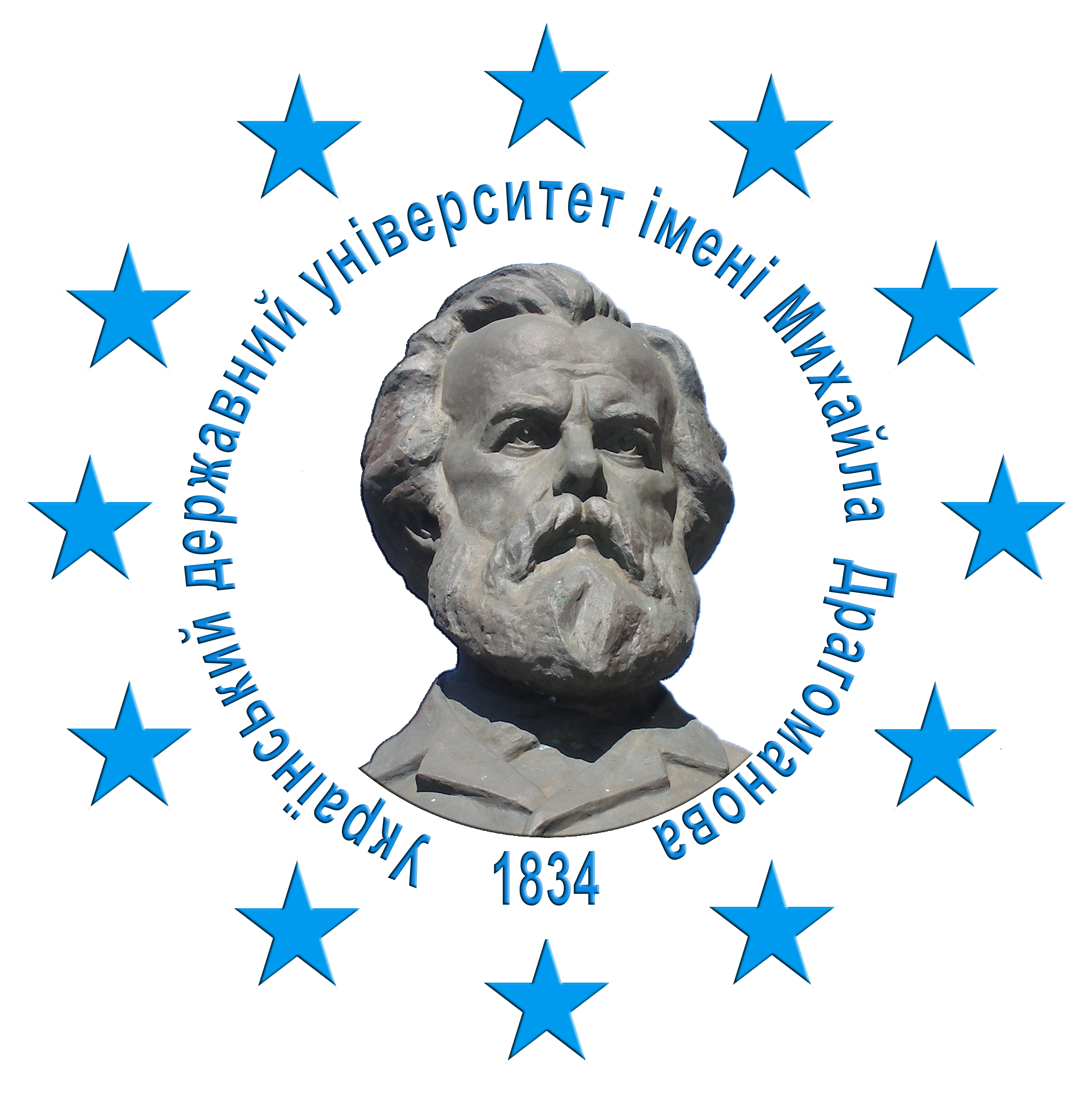COMMUNICATION AS A WAY OF MODELING THE PHENOMENA OF REALITY IN SCIENCE AND ART
DOI:
https://doi.org/10.31392/cult.alm.2024.1.30Keywords:
communication, model, sign, imagination, art practices, cognitionAbstract
The article compares the communicative means of science and art from the point of view of communication as a personal way of cognition of reality. In particular, an attempt is made to find “points of contact” of communicative models offered, on the one hand, by science with its logical apparatus of comprehension of reality, and on the other hand, by art, which builds a model of reality on the basis of sensations and appeals to emotions and deep archetypes of human consciousness. In this context, cognition can be carried out through the mediation of the communicative means provided by art, in particular through such structures of human consciousness as imagination, on the basis of symbolic, sensuously accessible means of communication between man and objects of reality. Such cognition is one of the ways of acquiring “personal knowledge”, according to M. Polanyi, knowledge that grows on the basis of individual experience of communication with the object being cognized. In order to develop an approach to this kind of cognitive practices, the article reviews the scientific literature on the phenomenon described. Thus, the general methodological basis of the problem is divided into four groups. The first, the most numerous, is represented by the literature that reveals the importance of communicative processes in the study of the dynamics of culture. The second group includes the literature that reveals the semiotic specifics of modeling in communicative space. The third group is devoted to works that determine the methodology for studying the structure of communicative space. The fourth group reveals certain aspects of the topic in connection with the introduction of the concept of “model” into the practice of communicative research, and also considers the variety of communication models, the goals and conditions of their creation. The overall result of the work is an attempt to outline the prospect of further use of models created by means of art to reproduce the characteristics of the modeled object and create a conditional image of reality and cultural realities. In this respect, the researcher needs a model in order to better organize his thoughts about reality and to identify the mechanisms of its investigation. This actualizes the problem of identifying the structure of communicative space as a necessary stage in the study of culture.
References
Collingwood, R.G. (2014). The Principles of Art. Mansfield Centre, CT: Martino Publishing. 347 p.
Polanyi Michael. (1980). Personal Knoweledge. Towards А Post-Critical Philosophy. Chicago: The University of Chicago Press. 344 p.
Sebeok Thomas A. (2001). Signs: An introduction to Semiotics. Second Edition / Th. A. Sebeok. – Toronto-Buffalo-London: University of Toronto Press. 193 p.
Андрущенко, Т.В. (2011). Комунікативні чинники толерантності. Гілея: науковий вісник. Збірник наукових праць. Вип. 51 (№ 9). С. 497–503.
Бистрицький, Є. (2020). Культура і комунікація в глобальному світі. Київ: Дух і літера. 416 с.
Гомілко, О. (2001). Метафізика тілесності. Київ: Наукова думка. 238 с.
Джеймісон, Ф. (2008). Постмодернізм або логіка культури пізнього капіталізму. Київ: Курс. 504 с.
Ділі Джон. (2000). Основи семіотики. Пер. з англ. А. Карась. Львів: Арсенал. 232 с.
Єрмоленко, А.М. (1999). Комунікативна практична філософія. Київ: Лібра. 488 с.
Карась, А. (2008). Семіотична перспектива інтерпретації реальності як дійсності. Київ: Філософська думка. Інститут філософії ім. Г. Сковороди НАН України. № 5. С. 16–29.
Кримський, С.Б. (1996). Трансформація методологічної свідомості науки. Наука та наукознавство. Міжнародний науковий журнал. № 3-4. С.32-38.
Крістева, Ю. (2004). Полілог. Пер. з фр. П. Таращука. Київ: Юніверс. 480 с.
Кузь, О.М. (2010). Репрезентації суб’єктності в постсучасності. Харків: ФОП «Лібуркіна Л.М.», ІНЖЕК. 312 с.
Куцепал, С.В. (2004). Французька філософія другої половини ХХ століття: дискурс із префіксом «пост-». Київ: ПАРАПАН. 324 с.
Легенький, Ю.Г. (2023). Соціальний дизайн: образ і документ в часові та просторі культури [монографія]. Київ-Переяслав-Ніжин : видавець «Лисенко М.М.» 383 с.
Легенький, Ю.Г. (2012). Мир как культура. Культура как мир (очерки дифференциальной культурологии). Київ: НПУ ім. М.П. Драгоманова. 488 с.
Пітерс, Дж.Д. (2004). Слова на вітрі: історія ідей. Пер з англ. А. Іщенка. Київ: Вид. дім «КМ Академія». 302 с.








